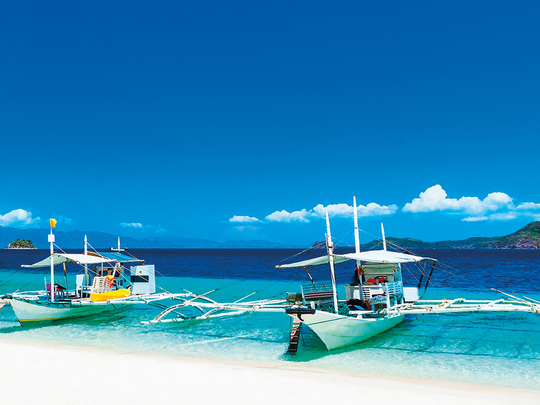
Dubai: Actually, the headline is bit inaccurate.
If you’re an expat about to hit retirement age (50 or above), with some savings to your name (a minimum of $10,000, plus pension of $800/month), moving to the Philippines may be the best decision you'll ever make.
Still, if you're over 50 and plan to move to the Philippines, but receives no pension, just deposit $20,000 in any licensed local bank and talk to the Philippine Retirement Authority (PRA).
Then you're good to go applying for what is called a "SSR Visa" — or the Special Resident Retiree’s Visa.
And today, if you're an expat who is a permanent resident of the Philippines and concerned about your health, you can sign up with PhilHealth, the state-owned health insurer.
There are world-class hospitals in major cities across the country.
Of course, this option — to retire in the Philippines — is not for everybody. But there are people who do sell everything up to move to the Philippines.
If you're considering to retire in the Asian country, and it may be the biggest move of your life, it's best to have a plan, to avoid pitfalls.
You’re changing everything. You’re going to a place where you may not know anyone at all. While some find it exciting, others may find it scary.
Here's all you need to know about retiring in the Philippines:
What is it about the Filipinos that they are actively trying to woo retirees?
To strike a balance with their rapidly declining or ageing population, most countries (especially in the West) actively seek out healthy, skilled, highly educated — and young — people from other nations, by giving them special visas.
Not so the Philippines. The Asian country is one of the few nations actively trying to attract a very distinct sector of the world’s population: retirees.
A deeply rooted culture of migration persists in the Filipino mindset: moving overseas is common, acceptable — even desirable — as an option or strategy for a better life. Expat Filipinos send home about $32 billion a year.
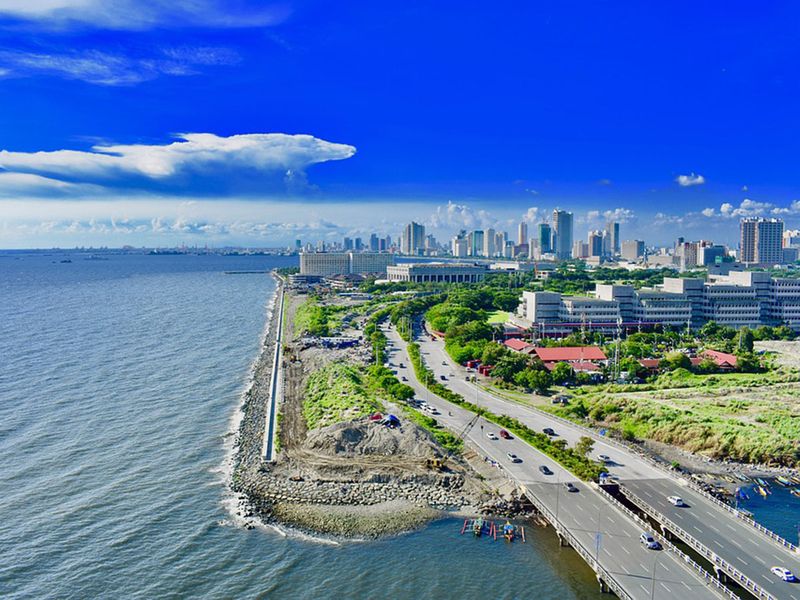
For decades, Filipinos in huge numbers have left home in search of permanent settlement or temporary work overseas. They're mostly driven out by a once-fragile economy (natural disasters are just fine, but communist/separatist rebellions and bad governance in the past were big dampers).
Today, more than 10 million Filipinos — or about 10 percent of the population — are working and/or living abroad.
Still, why does the Philippines want retirees from other countries?
This seems like a puzzle. The short answer: culture, demography.
Culture does play a big role. There was a time when Manila was referred to as the “Paris of the East” (before the old buildings were decimated during World War II).
The country’s culture is unabashedly western-oriented. Laws are easily understandable. They’re all written in English. It is one of most liberal countries in Asia, and a functioning democracy.
The Philippines is blessed with a sizable chunk of young people. In terms of age structure, Philippines is a young country: 52.5 per cent of the population is under 24 or younger. (44.2 per cent of the inhabitants live in urban areas, based on official 2017 data).
More on culture: Ingrained in the Filipino mindset is the obligation to take good care of their elderly folks.
Of course, the Asian nation has its own share of troubles — armed communist rebels challenge the government troops in some hinterland villages, and ragtag militant groups are still active in certain parts of the south.
Yet the facts speak for themselves: The Philippines is one of the biggest suppliers of nurses and care-givers to the world (merchant mariners too).
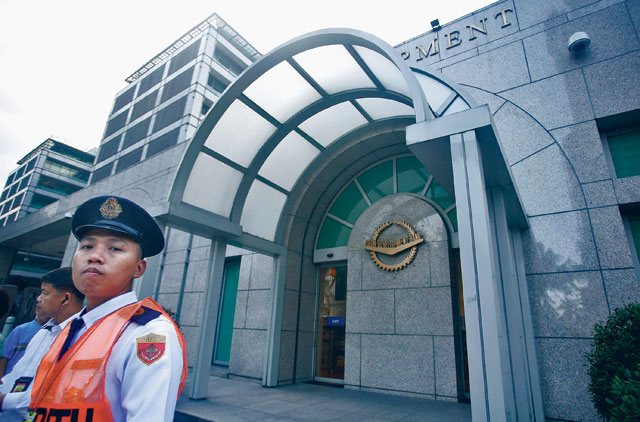
So in a way, Filipinos are natural care-givers. Courting desirable people of retirement age from other countries to live in the Philippines is a natural extension of this culture.
Young nation: free education?
Yes. It's a young nation, in terms of demographics. You could opt to just retain your original passport, but you can also get a second one, a Philippine passport.
There are benefits: In the Philippines, education is K-12, and it's free in government schools. You could even send your child to a medical school, tuition-free, in state-owned univerities, if they meet the requirements. (There are private schools, many of them run by nuns, everywhere.)
The country puts a premium on education. It's a Constitutional guarantee that education gets the lion's share of the national budget (3.324 trillion pesos, $64 billion, Dh237 billion for 2019).
The Philippines, a country with 105 million inhabitants, is an island nation (7,641 islands), with GNI per capita of $10,030 (World Bank data).
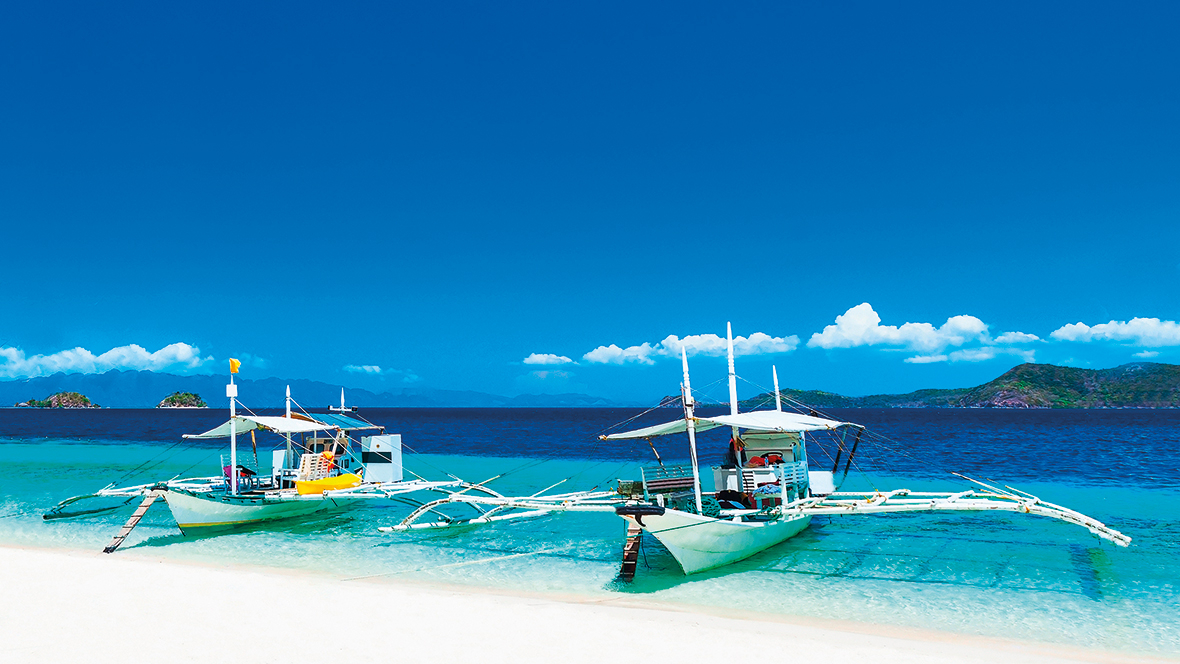
Filipino citizenship in just two years?
Yes. Again, there are certain conditions rooted in the desire to educate the people. Academics from oversease are greatly valued.
For example, if you're an expat with the right qualifications and opt to teach for two years straight in a local educational institution, this could qualify you to get Filipino citizenship. That's right — just two years.
What's the role of the Philippine Retirement Authority (PRA)?
PRA (created in 1985, which was placed under the Board of Investments; now, under the Department of Tourism) is the agency mandated to develop the Philippines as “retirement haven".
Policy makers see this as a means to accelerate the social and economic development of the country, help its foreign exchange position, and at the same time providing best quality of life to the targeted retirees with the most attractive packages.
Retirees who qualify (forms available here) are offered many privileges: including indefinite stay with multiple-entry/exit privileges; Immigration and Customs exemptions, discount privileges through accredited merchant partners, among others.
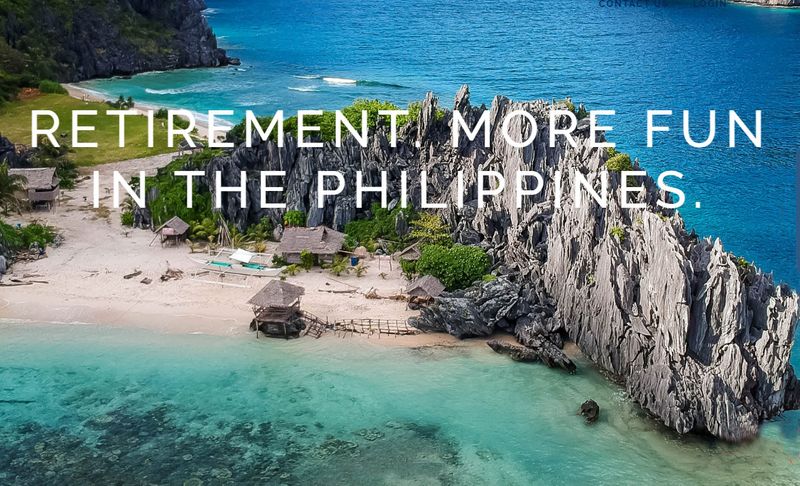
What kind of visa do retirees get?
PRA offers the Special Resident Retiree’s Visa (SRR visa), a special non-immigrant visa for foreign nationals who would like to make the Philippines their second home, or investment destination.
Is this SSR visa for life? What are the benefits?
Yes. The SRR visa is a lifetime visa. Its holders are exempt from Bureau of Immigration requirements. SRRV-holders are also eligible to work (teach), study or invest in the Philippines.
What are the SSRV visa categories?
There are two: SSRV "Smile" and SSRV "Classic".
SRRV SMILE: For active/healthy retirees, who opt to maintain their SRR Visa deposit of US$20,000.00 in any of the PRA Accredited Banks.
SRRV CLASSIC: For active/healthy retirees, who opt to use their SRR Visa deposit into active investment such as the purchase of condominium unit (value of the property must at least be $50,000.00) or long-term lease of house & lot.
The required SRR Visa deposit is as follows:
- 50 years old & above: $10,000.00 (with a pension; required minimum pension of $800 for single / $1,000 for couple) $20,000.00 (without pension).
- 35 to 49 years old: $50,000.00
Where do I get the approval of the SRR visa?
The approval of your application will come from the Philippines' Bureau of Immigration. The pre-evaluation of the application is made by the Philippine Retirement Authority (PRA) where applications are filed.
How long is the processing time?
Processing time takes 7 to 10 working days upon receipt of complete requirements.
What are the SSR visa benefits?
- 1. Permanent non-immigrant status with multiple-entry privileges through the Special Resident Retiree's Visa;
- 2. Exemption from customs duties and taxes for the importation of personal effects;
- 3. Exemption from Exit Clearance and Re-entry Permits;
- 4. Exemption from payment of travel tax provided the retiree has not stayed in the Philippines for more than one year from date of his last entry into the country;
- 5. Conversion of the requisite deposit into active investments, including purchase of condominium unit;
- 6. Interest on the foreign currency deposit is tax-free and payable to retiree in Philippine Pesos;
- 7. Foreign currency time deposit can be converted into Philippine Pesos deposit, but interest is subject to withholding tax;
- 8. Pension, annuities remitted to the Philippines are tax-free; and
- 9. Guaranteed repatriation of the requisites deposit including invested profits, capital gains and dividends accrued from investments, upon compliance with Bangko Sentral rules and regulations.
Should I jump in right away?
If you're thinking of making a move, planning is key. Relocating to another place, where you will live full time, is a big commitment.
It is best to go for about 3 months first, move about from city to city, or province to province, maybe one of the islands. You don’t want to be rushing it. This will give you an idea whether you can handle living in the Philippines.
Medical or hospital treatment would be a big consideration, especially when you’re growing old. If you’re one that worries about medical treatment, find out which hospital would works best for you.
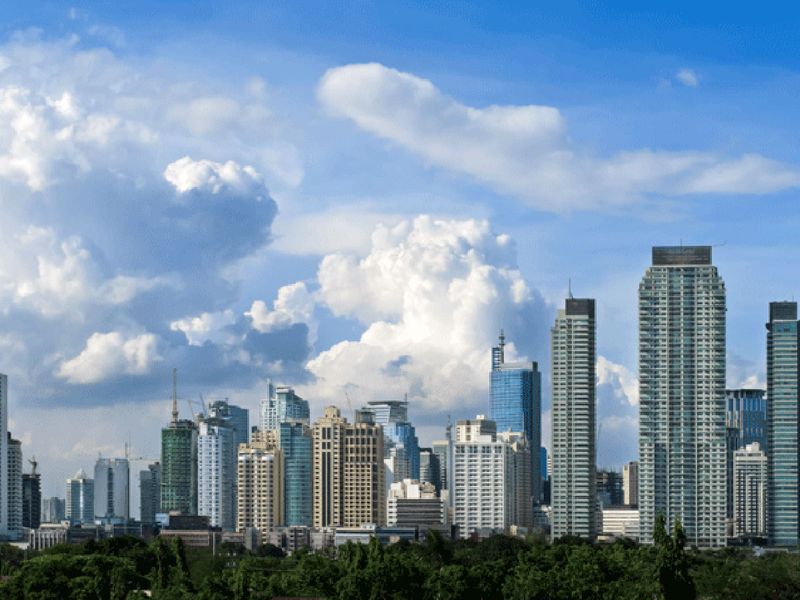
Property in the Philippines: Rent or buy?
If you do decide to go, are you going to rent or buy? A real estate purchase in the Philippines actually takes you just a few steps to getting a multiple-entry visa in the Philippines.
Here'a quick advice: In the early stages of going to the Philippines, it’s probably best to rent first.
That way, you’re not tied down to one place where you bought the unit/s. Foreigners are allowed to buy condominium units in the Philippines; you could buy a land (residential and agricultural) if you're married to a local.
When buyingin a high-rise unit/s, it is best to deal with Tier-1 developers, including Ayala Land/Avida/Alveo group, SM Prime, Megaworld, DMCI, Federal Land, Robinson’s Land, Century Properties, Vista Land, Empire East, Rockwell Land.
There are second, third-tier and independent developers, too. Seek advice from a accredited asset valuers, property advisors (double-check license number before dealing with them).
The Philippines' Professional Regulation Commission (PRC) administers a licensure exam for real estate service practitioners (though no licensing is required for real estate salespersons). Passing a licensure exam is required for real estate brokers, real estate appraisers and real estate consultants, who may get professional instruction only from licensed institutions or groups.
To verify a property professional licence, check this PRC site. If the person/broker offering any property service to you cannot produce a PRC licence, stay away.
Are there any restrictions on SSR visa?
The Philippines’ Special Retiree’s Residence Visa (SRRV) “Classic” is an invitation for almost everybody — it has few restrictions on nationalities and gives you utmost flexibility in making it the most popular visa for retirees.
What makes this SSR visa unique? What if I change my mind and cancel?
What makes it unique is you get permanent residency, which means no need to get extensions for your residence.
Your dependent children don't need to obtain separate resident permits. You also get a one-time tax-free importation of household goods and personal effects up to maximum of $7,000 (Dh26,000); but the world's largst Ikea will open in Manila soon.
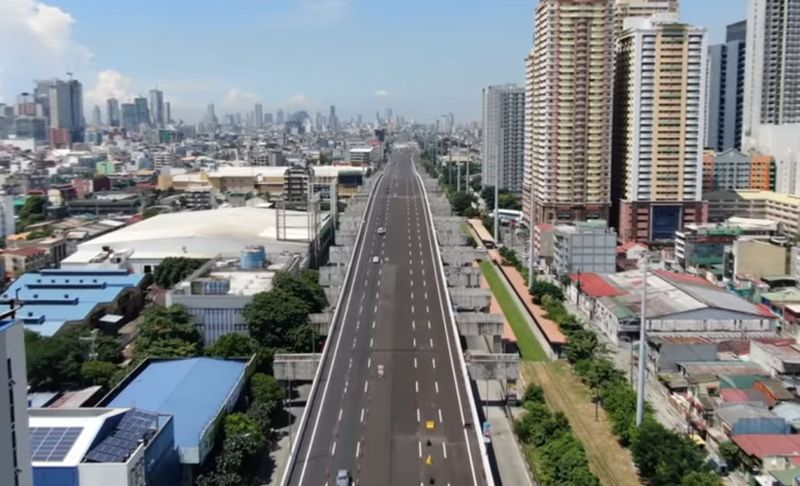
If you change your mind, and decide to cancel your SSRV status, you can get guaranteed repatriation of your deposit.
The government, through PRA, will also help you facilitate documents specially employment permits, drivers’ licenses and tax exemption/extension certificates.
Plus, SSR Visa holders don't need to get the ACR I-Card (Alien Certificate of Registration Immigration Card) anymore, nor pay the Philippine travel tax when your stay is less than a year from your last entry.
SSR visa holders also get tax-free remittance of pensions (or annuities). Another privilege: interest tax-free on your foreign currency deposits.
How can I eventually gain Philippine citizenship?
You apply for Philippine citizenship, if you meet the following conditions:
- Reside in the country for 10 continuous years, shorter if you were in fact born in the country or held a government office in the country
- Established a new industry or introduced a useful invention,
- Married a Filipino citizen
- Taught in the country for minimum two years.
Is retiring in the Philippines right for me?
Each year, indices on global retirement rank the top retirement countries in the world based on cost of living, fitting in, entertainment & amenities, climate and health care.
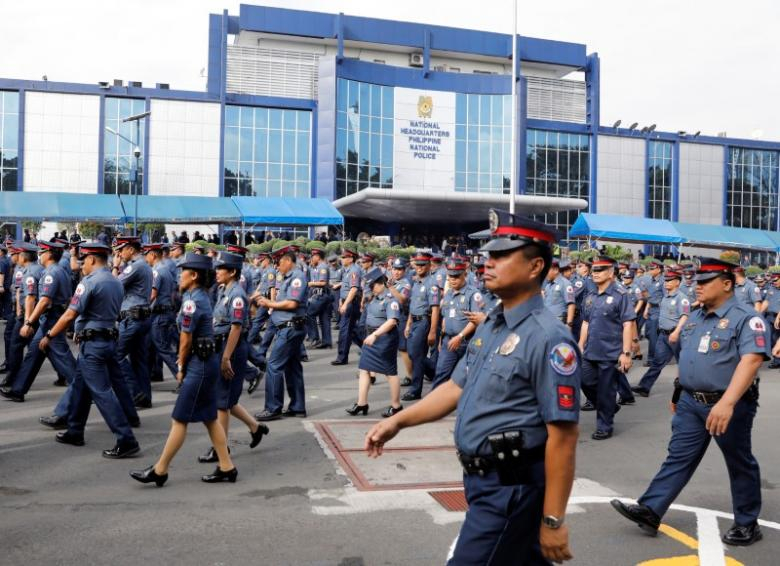
In 2018 the Philippines made the rank. You can live comfortably for $800 (Dh3,000) to $1,000 (Dh3,700) per month.
A bonus: household help is affordable. A 3-course meal at a mid-range restaurant costs about Php350 ($6.90); a spa treatment for Php510 (<$10); you can watch an international movie release in a cinema for $4.80. You can also opt to live in a condo in big cities, with free use of pools and gyms.
Is the tropical climate for me? I mean, what about dengue fever?
The Philippines is known for its tropical climate and natural beauty: lush mountains, colorful coral reefs and its many beaches are the biggest draw — to name a few: Boracay, with its white sand and crystal-clear blue water; El Nido in Palawan.
Outbreaks of dengue, a mosquito-borne disease, are widely reported in the local media. Dengue is also there in other neighboring tropical countries.
If you live in an air-tight unit with clean surroundings, dengue risk is greatly reduced. No foreigner has been reported to have died of dengue in the Philippines. And the disease is curable. As in any other country, a patient must be attended to by a medical professional as soon as symptoms arise.
What about taxes?
You’ll be taxed only on income you earn within the Philippines. Paycheck income is taxed from 20% to 35%; passive income at a maximum 20%. If you’re in full retirement, you won’t get taxed on your pension, individual retirement account or on other retirement plans.
Can SRR Visa holder own real property in the Philippines?
- Yes for natural-born former Filipinos whose SRRV has been issued may own/acquire a maximum area of 5,000 square meters of urban land and three (3) hectares of agricultural land.
- A foreigner who is legally married to a Philippine citizen, he or she may construct a residential unit on a parcel of land owned and/or registered in the name of Philippine spouse.
- A foreigner can legally own condominium units in the Philippines to be used as residence or for rental income.
Is the dollar deposit convertible to other currency?
The dollar deposit may be converted into peso after 30 days upon issuance of SRR visa.
Can my spouse and unmarried minor children be granted an indefinite privilege to reside in the Philippines?
Yes. Your spouse and a legitimate or legally adopted unmarried child under twenty-one (21) may be given an indefinite status if they are accompanying or joining you soon after your admission into the country as such.
Is there an additional deposit for unmarried children if they are following or accompanying me?
Yes. There is an additional deposit of $15,000 (or equivalent foreign currency) for each additional legitimate or legally-adopted unmarried child under twenty-one (21) years of age.
Where can I find the relevant SSR visa forms?
What are the other requirements?
Besides the accomplished form, you also need to have a valid passport, DFA Medical Examination Form No. 11 accomplished by a licensed physician from the applicant's place of origin, including AIDS Test, duly authenticated by the Philippine Embassy/Consulate posted there or PRA Medical Certificate (RSSC Form No. 002) accomplished by a licensed physician in the Philippines; Certification by PRA shortlisted bank of the requisite deposit.
(Ultimately, your decision on whether or not retire in a country not where you were born can be a challenging one. It's a decision only you can do. This is not a legal or technical advice, but for information purposes only.)












